Have you ever heard of the town of hundred towers? Probably yes, given that in Italy there are many villages which, thanks to their history with roots set in the Middle Age, have deserved this nickname. But there is only one that perfectly mixes its important past with a very rich cultural heritage, especially in the gastronomic field: we are talking about Alba, a town in the province of Cuneo in Piedmont, queen of truffles and chocolate.
The capital of Langhe, as it is defined by many people, is a perfect village to capture the essence of this region between beautiful attractions to visit, delicious food to taste and unmissable events especially in autumn and spring: among these, we highly recommend the International White Truffle Fair, the Donkey Palio, the Flower Festivals and the National Vinum Fair dedicated to the best local wines. Are you already preparing to leave? Let's not waste time and discover with us right away what to see in Alba for a unique experience on your next trip to Piedmont!
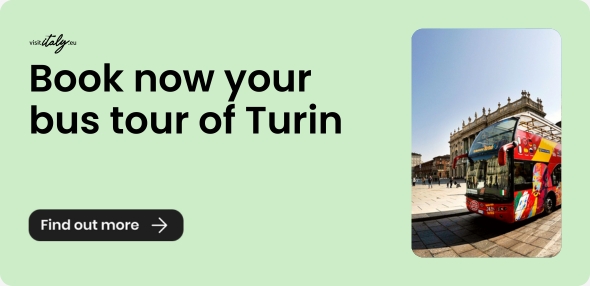
What to see in Alba in Piedmont: discover the beauty of the capital of Langhe
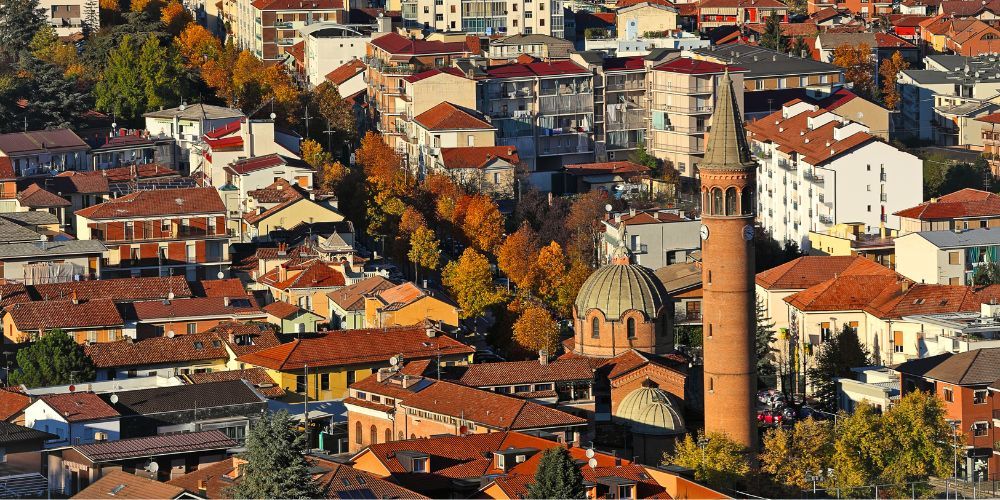
And here we are, in the evocative setting of Alba, made up of natural landscapes that seem hand-painted by an artist of valuable talent and architectural beauties that perfectly fit into this panorama. We are in the Langhe, of which the town of hundred towers is considered to be the symbolic capital, a wonderful land in Piedmont acknowledged as a Unesco World Heritage Site which we have already had the privilege of visiting on a previous trip to Barolo, a fantastic village South-West of Alba: check it out here!
So, what to see in Alba? In this article we want to give you some interesting suggestions for admiring the most beautiful attractions of the village and organizing a travel itinerary starting from the main cities in Piedmont. Caressing the flow of the Tanaro river and exploring the region to discover other unique beauties not far from Alba, such as the big red bench of serenity and the Brunate chapel in La Morra or the Barbaresco Tower in the namesake town, it’s time to leave: if everything is ready, let's get started right away!
What to see in Alba in Piedmont: Piazza Risorgimento and the Town Hall
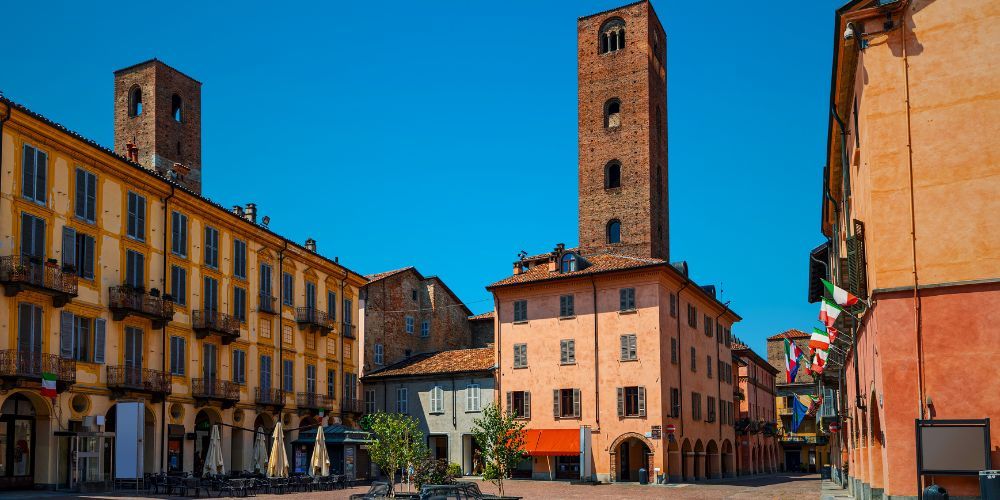
The beating heart of Alba is undoubtedly Piazza Risorgimento, the historical, social and cultural center of the village, an essential stage for anyone visiting the capital of Langhe. If you are wondering what to see in Alba, Piazza Risorgimento is certainly a place to discover where Italian architectural and stylistic beauty emerges with great elegance. Its welcoming atmosphere, made even warmer by the lively color of the buildings that outline the profile of this urban space, is a beautiful calling card for the town of hundred towers: among these the Town Hall stands out, with its pink external walls, its balcony decorated with flags, its clock and its characteristic porticoes but, above all, with its collection of religious frescoes and paintings inside, including a Pietà from the end of the 1300s, a Virgin and Child by Macrino d’Alba dating back to the beginning of the 1500s and an altarpiece with Mary and Child between saints by Mattia Preti from the 1600s.
What if we told you that there is a city under the city? That's it, you understood right: at Piazza Risorgimento, between the Town Hall and the Cathedral of San Lorenzo (which we will cover soon), it is possible to explore underground Alba and discover the mysteries and charm of the history of Alba Pompeia while admiring the remains of ancient Roman city, artistic finds and the ruins of some of the medieval towers.
But Piazza Risorgimento, of course, is also a place of entertainment and folklore: right here, in fact, some of the most characteristic events of Alba take place, in particular the evocative historical reinterpretation of the Donkey Palio on the first Sunday of October, a medieval joust to conquer the town flag, and the Flower Festivals between the end of May and the beginning of June, the ideal occasion to celebrate spring by promoting the typical products of the Marca Aleramica, an ancient cultural region that embraces a territory extending from Savona up to Chivasso passing through Langhe and Monferrato.
The Cathedral of San Lorenzo and the churches of Alba
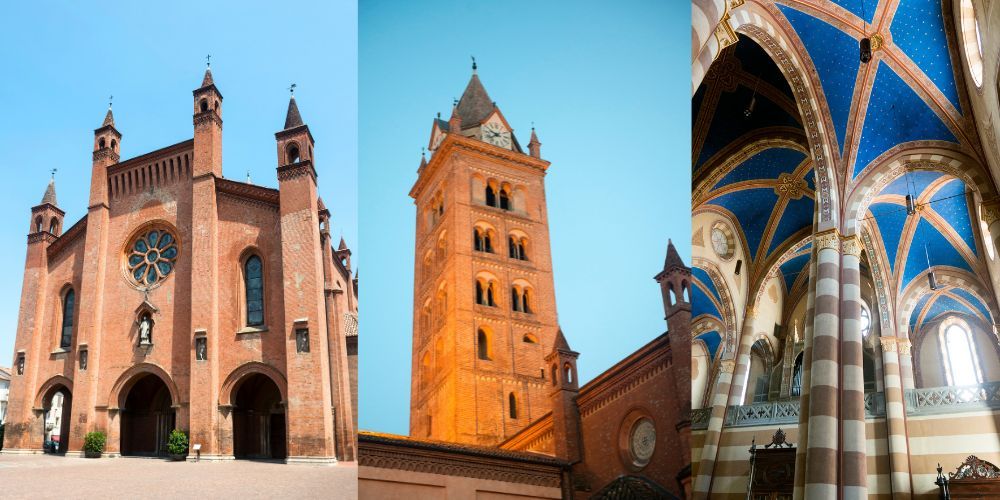
Staying around Piazza Risorgimento, just outside the Town Hall and looking around, you immediately see another fantastic attraction among the things to see in Alba: the wonderful Cathedral of San Lorenzo, an architectural jewel built between the 1400s and 1500s which mixes with expertise Romanesque and Gothic art, giving visitors and citizens a place of refined beauty, beyond religious faith.
Outside the cathedral appears majestic with its reddish walls, the portico, the three portals, the statues that embellish the facade and the large central rose window. The bell tower, one of the towers of Alba, is also very beautiful and imposing. But the real wonder is experienced inside the church: a large room made up of three large naves, painted like a starry sky with shades of brilliant blue dotted with gold, enriched by two-tone columns with decorated capitals and arches; the side chapels are also very beautiful, three on the right and three on the left, each one preserving wonderful valuable works of sacred art, as well as the altar and its wooden choir dating back to the 1500s with wonderful decorations inlaid directly into the wood.
Among the other churches to visit in Alba we also suggest: the Church of San Giovanni Battista, which houses many medieval and renaissance sacred art pieces; the Church of San Domenico, built between 1200s and 1300s, which today is used mainly as a venue for themed exhibitions and concerts rather than as a place of worship; and the recent Sanctuary of Nostra Signora della Moretta, a church founded at the beginning of 1900s but with a distinct and important external aesthetic, which makes it similar to the main cathedral of the town.
The hundred towers of Alba and Palazzo Marro, the “castellaccio”
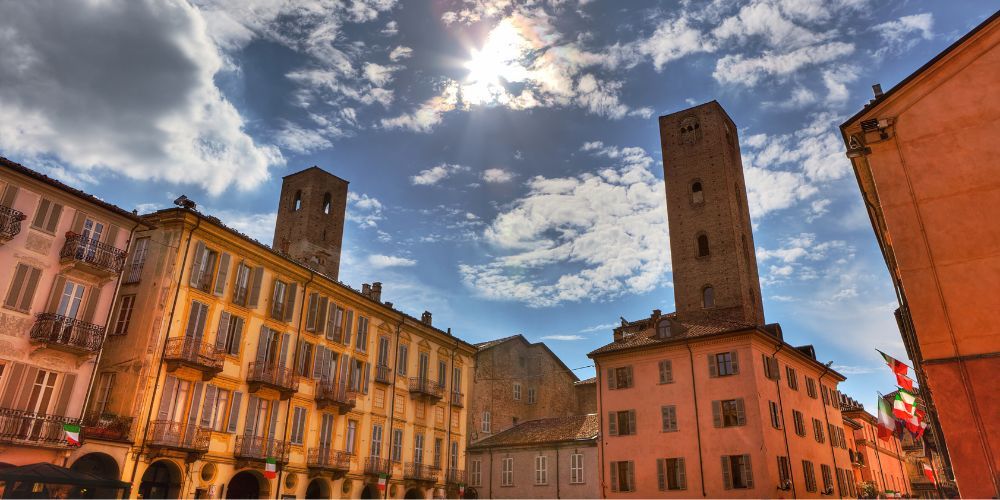
The nickname of town of hundred towers was certainly a deserved acknowledgment for Alba, which between the end of the Middle Ages and the beginning of the Renaissance witnessed the rise of many bastions both inside and outside the urban center, as a defensive factor to preserve one of the most important cities in Piedmont, but also and above all as a manifestation of power. Hey, take a look here if you want to discover other unmissable places in this region right away!
But what happened to the hundred towers of Alba? Well, unfortunately time has not been an indulgent judge and has almost completely erased the traces of their existence. In fact, if many have been completely tore down and still others have been shrunk and integrated as environments within new buildings, today there are very few towers left intact and clearly visible: the most important are Sineo Tower, Astesiano Tower and Bonino Tower, all located near Piazza Risorgimento.
Beware, however, because there is what many people consider to be an additional tower: it is Palazzo Marro or Casa Marro, also called the "castellaccio" ("sick castle"), a medieval noble residence with a stark appearance that certainly deserves to be part of your tourist itinerary discovering Alba and its history.
The civic museum of archaeology and natural sciences of Alba
Moving from the heart of the historic centre, let’s now head towards Via Vittorio Emanuele to the civic museum of archaeology and natural sciences of Alba dedicated to the historian and archaeologist Federico Eusebio. The current exhibition space, previously part of the Maddalena convent environment, has been active since 1976 and includes 21 rooms divided into two sections: the archaeological one which collects prehistoric finds dating back to the Neolithic and artefacts from excavations in the Alba area, as well as Roman finds which extensively document the life of ancient Alba Pompeia; and that of natural sciences with exhibitions dedicated to geology, zoology and botany, with particular reference to the local territory.
In Alba there are also other places of great cultural impact that we suggest you to visit once traveling here. Among these: the evocative theater Teatro Sociale Busca, the high school Liceo Classico Govone among the most historic and important in Piedmont, the exclusive Enological School (there are only 11 in Italy) and the interesting Study Center dedicated to Beppe Fenoglio, one of the most important Italian authors of 1900s coming from the capital of Langhe.
The Alba truffles, an excellence of Italian gastronomy
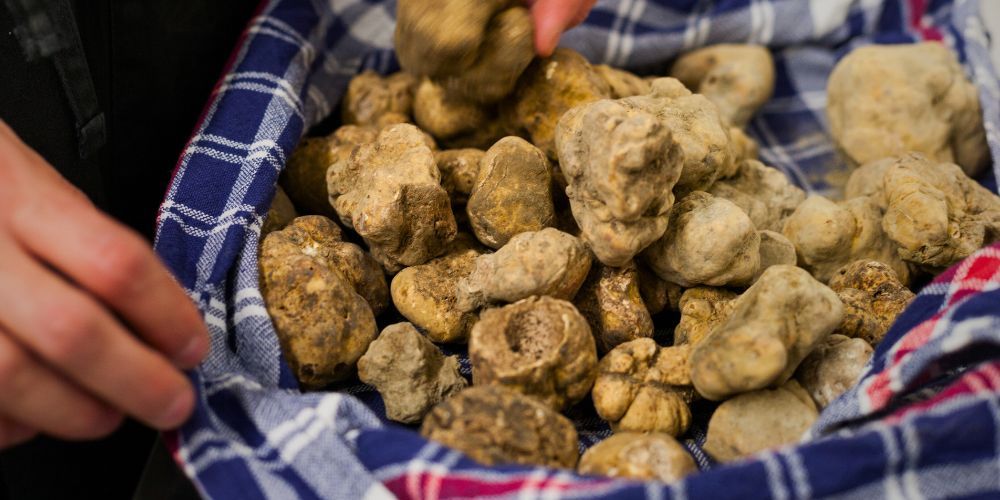
Did you know that Alba is acknowledged by UNESCO as a Creative City for gastronomy? A further recognition that certainly doesn’t surprise lovers of good food and above all of Italian cuisine, which can boast one of the best ingredients in the world: the Alba truffles, a culinary delicacy from Piedmont.
This precious underground mushroom, known for its intense scent and unique flavor that make every dish awesome, is one of the most iconic symbols of Alba as well as one of the driving factors of the city's economy. In fact, every year the capital of Langhe hosts the Alba International White Truffle Fair, or simply Truffle Fair, a fascinating autumn event (usually between October and November) dedicated to this culinary treasure which attracts lovers of good food from all over the world, eager to taste and buy the most delicious truffles and join a real experience in the magnificent setting of the town of hundred towers.
During the fair, whose first edition dates back to 1929, visitors can participate in tastings of typical local products, among which truffle-based recipes, cheeses, desserts and wines obviously stand out: a delicious full immersion in Piedmont culinary culture for a tasty note to your trip to this extraordinary region full of flavors.
Piedmont, land of chocolate and confectionery tradition
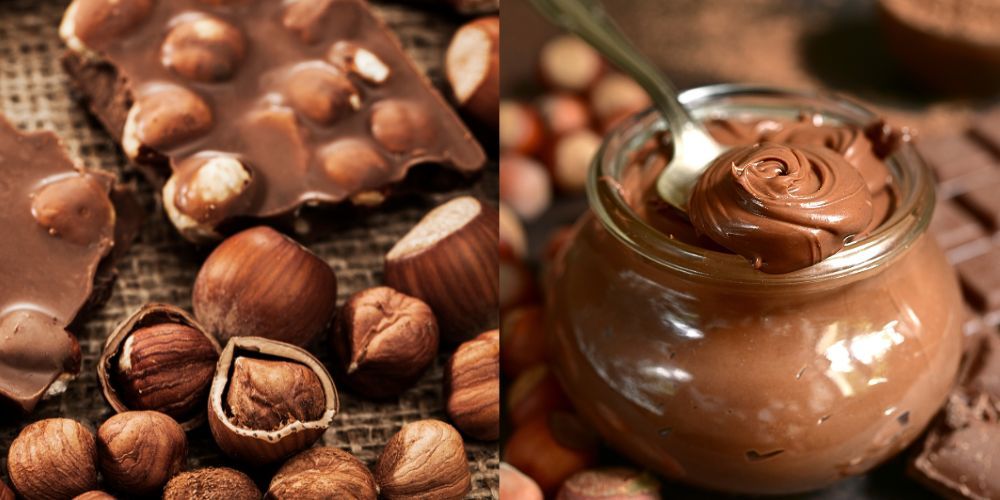
And remaining on the gastronomic topic, we cannot miss the chance to mention another great delicacy of the Piedmont tradition and above all of Alba, a delicacy that has managed to conquer the world: confectionery production, especially based on chocolate and hazelnuts.
It is no coincidence that Alba is among the most important headquarters of one of the best confectionery companies in the world, originated right in the area, which revolutionized the market with the delicious chocolate and hazelnut spread cream that we all enjoyed at least once, drooling on a slice of toasted bread or directly from the spoon...that's right, that cream, the one with the N!
But what makes Alba and all of Piedmont special is above all the goodness of the artisanal chocolate and sweets, an exceptional experience for those with a sweet tooth but also for those who, in moderation, want to enjoy a real journey through refined and heavenly flavors. Do you want to try all this? Click the button below!
Plunge into the sweetness of Piedmont chocolate in TurinHow to get to Alba: itineraries from Cuneo, Asti and Turin
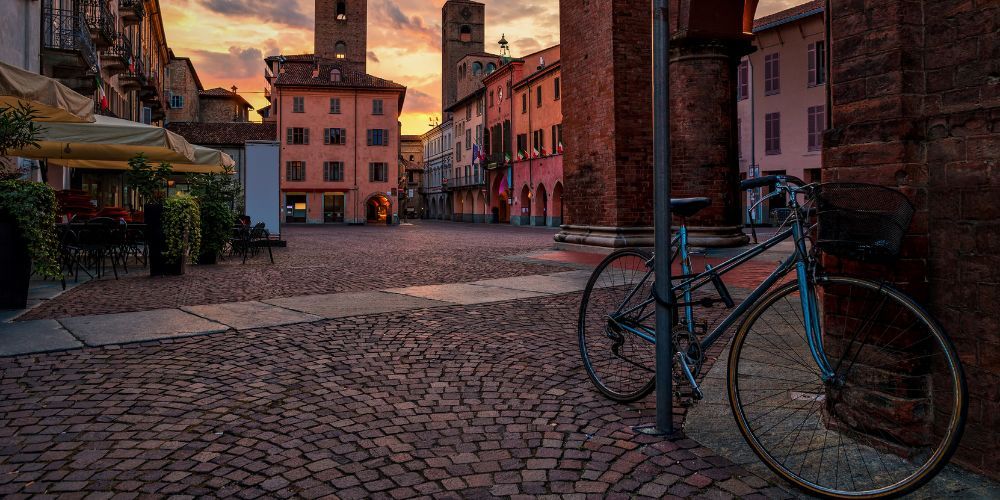
Finally, let's see how to get to Alba with travel itineraries departing from the three main cities: Cuneo, Asti and Turin. We will consider car routes.
From Cuneo to Alba by car: take the SS231 up to Mussotto, on the Tanaro, continuing on the SR29 crossing the river to your destination.
From Asti to Alba by car: take the A33 highway and cross the river on Corso Canale to your destination; as an alternative, drive on the SR10 up to Palucco, SP58 up to Canale and SR29 up to Tanaro, crossing the river and coming in the city.
From Turin to Alba by car: travel along the SR29 starting from Moncalieri, just outside South of Turin, following the route linearly up to your destination to best enjoy the wonders of the panorama of Langhe and Monferrato.
Hey, are you looking for the best experiences to enjoy on your next trip to Turin and Piedmont? Take a look below, we have a perfect solution for you!
Buy now your Turin + Piedmont CardAbout the author
Written on 20/10/2023


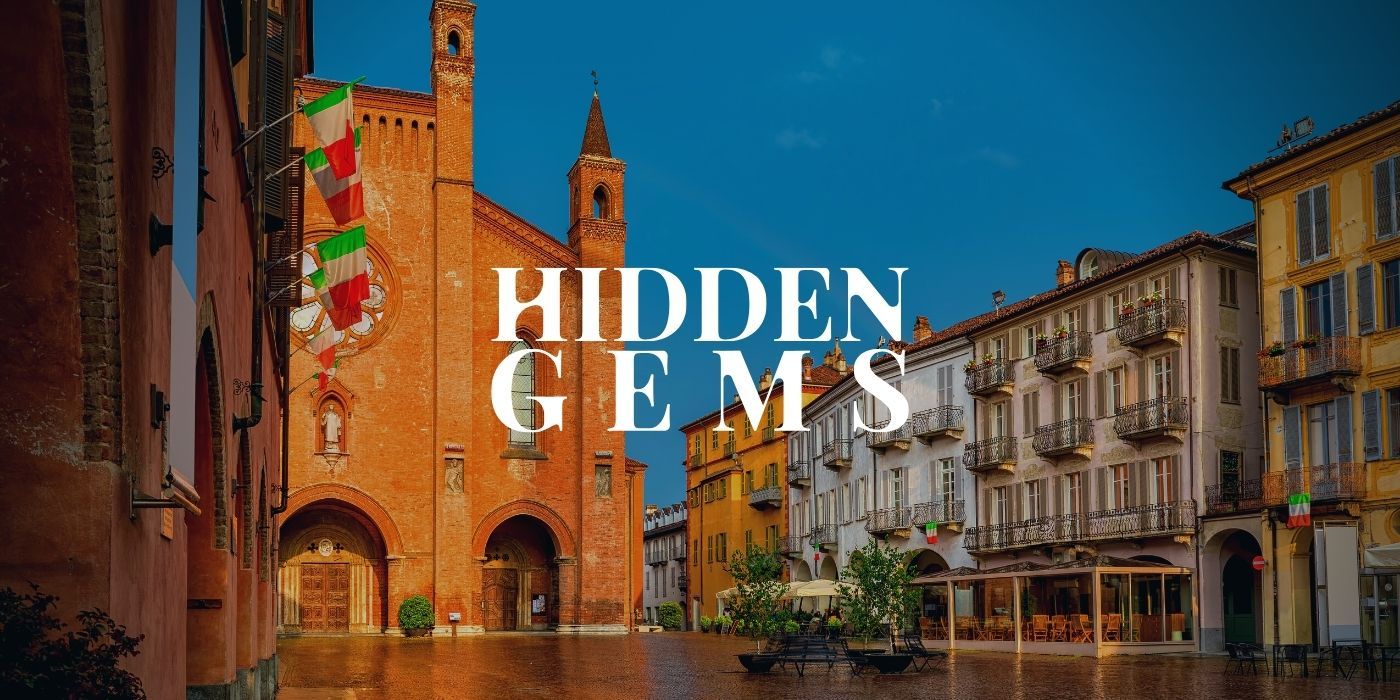
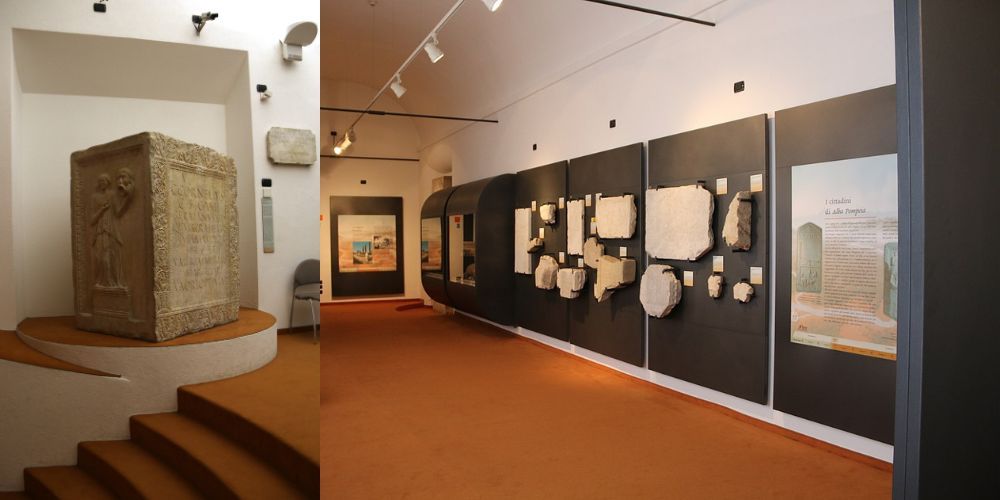
Massimiliano Antonio Primi
Trip to Piedmont? Discover with us what to see in Alba, the capital of Langhe crowned with hundred towers well-known for its truffles and chocolate.